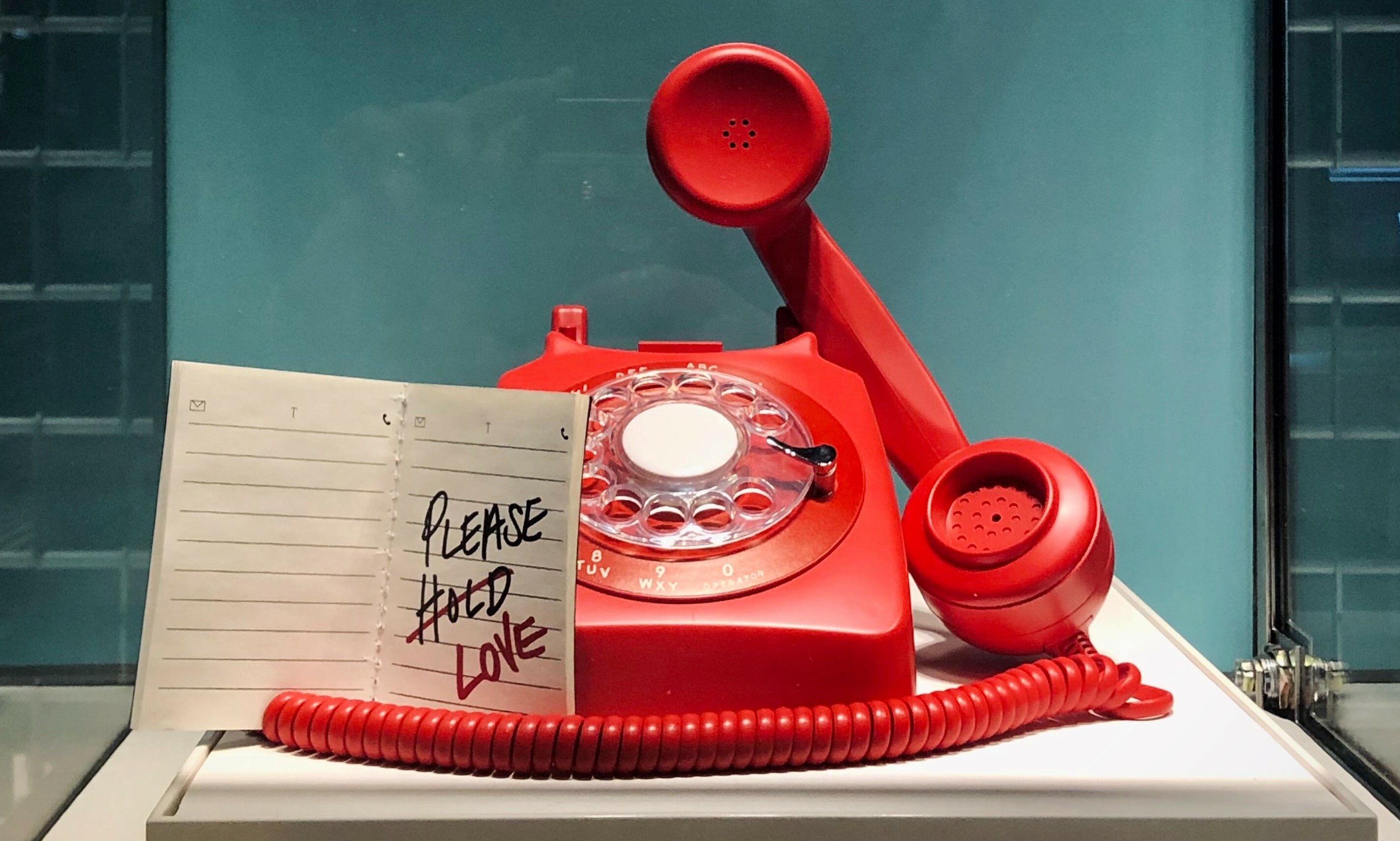I believe it was Winston Churchill who said, “Never waste a good crisis.” Rahm Emanuel’s version, “Never let a serious crisis go to waste,” also works well for our purposes, and I have a sentence that complements both pithy sayings quite well, “Only the nimble survive!” Our present crisis is no exception. Now, I promise you this will not be another Covid-19 article. Most of us are exhausted and cannot take much more of this “All Corona, All the Time!” This article is about the enduring power of creativity and the amazing ways many churches, including ours, are reaching out to their people.
The Episcopal Church has become well known around the world for what I call, “The two ugly sisters!” No, I am not talking about any parishioners. I am talking about two of the most often heard phrases in churches: “This is the way we’ve always done it” and “We can’t possibly do it any other way.” We are known as being resistant to change, set in our ways, fixed as concrete, obsessed with tradition, and a hundred other labels. We are all familiar with the expressions, “Frozen Chosen,” and “Silent Majority.”
In many ways our love for tradition is a good thing. We have an incredible history and we love our Book of Common Prayer, Hymnal, and historic liturgies. We have a common language that gives us a sense of identity. We know where we belong, and when we pray the way we do, we join saints of ages past in a story that is much larger than ourselves. We feel connected to a narrative that has unfolded for hundreds of years and will continue to unfold for many more centuries after we are gone.
The problem is that since the 1960’s, many in our world no longer speak this “liturgical language” of our places of worship. The narrative of many peoples’ lives has unfolded organically, without any involvement in the activities historically associated with organized religion. Not that these people have walked away from community, but rather, they have built their own communities around non-religious principles and practices. The Houston Miata Club, for example, has thousands of members who gather monthly, schedule regular day trips and get-togethers, network around the best auto mechanics and places to purchase these cars, and support each other over a number of car-related and personal issues. Their motto says it all, “For the enjoyment of friends and Miatas.”
We have had twin realities in our church over the last 70 years: While the unchurched have built highly inclusive communities that emphasize flexibility, non-judgmental belonging, and common interests (theater, music, cars, books…,) many mainline denominations have failed to see how their exclusivity, moralism, and judgementalism have kept many of these people away from Church. Many of our faith communities have continued to do what they have always done, completely unaware of the rise of the “Nones.” These are people who have no religious affiliation, or describe themselves as Atheists, or Agnostics. According to various Sociologists, this group may be as large as 30% of the American population. Just for comparison’s sake, in 1950 only 7% of Americans described themselves as “Non-Religious.”
This pandemic has forced many congregations to face an existential crisis: Either we adapt, or we die, plain and simple. One of the first adaptations, one that I am happy to see, has been an embrace of technology. Everyone I know, including anti-technology curmudgeons, have flocked to ZOOM and Facebook-live. We have done this because we love our life in community and not meeting with each other is simply not an option.
Another innovation we have embraced is to pivot from brick and mortar buildings to wide open spaces. Many churches have experimented with briefer outside services, parking lot services using FM radio frequencies, and drive-thru activities (blessing of backpacks, retirement celebrations, birthday blessings, etc.) I, for example, did a beautiful outside wedding in our courtyard, participated in a drive-thru, and did two funerals at local cemeteries. I am hopeful this trend will continue even after we are back in our sanctuaries. We need to turn around and face our communities. This Pandemic has illustrated how very important this will be for the future of the church.
We have also discovered a new way to reach out to our people. Many of you have participated in the writing of postcards and making phone calls to our shut-ins and those who feel isolated. Sarah Quiroga has delivered Slushies to our youth, making brief contact with them and their parents on numerous occasions. These brief visits are a reminder to them of how much we love them and miss them. Our Pastoral Care teams have done a great job reaching out to all members of the congregation dealing with illness, grief, or loneliness. Many of you contributed monetarily to Kid’s Hope, allowing us to purchase over $5,000 worth of supplies for Eiland Elementary School. And our staff has shown great flexibility working from home and the office to ensure all ministries are supported and we practice excellence in our communication systems (Website, Mid-Week Reflection, Blogs, Bits and Bytes, Facebook, Instagram, etc.)
The investment we have made to install Live-Stream technology, our increased outreach to the community, and all our Zoom Bible Studies have positioned us well to be stronger and more resilient than we have ever been. I cannot wait to see what God will do with us and through us at Saint Dunstan’s. I am very optimistic about our future, and I cannot wait to meet you all. May God continue to bless you, Fr. Roman+





